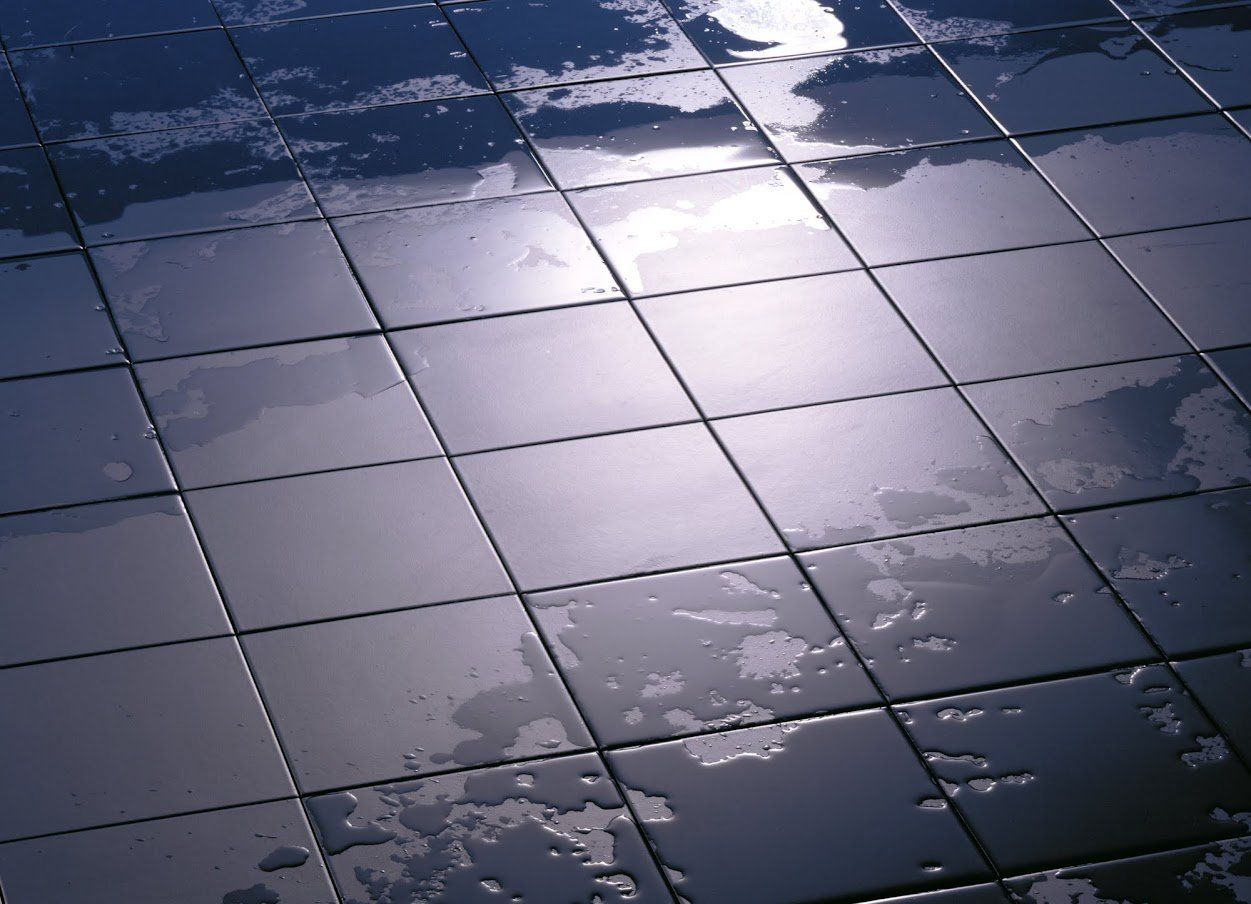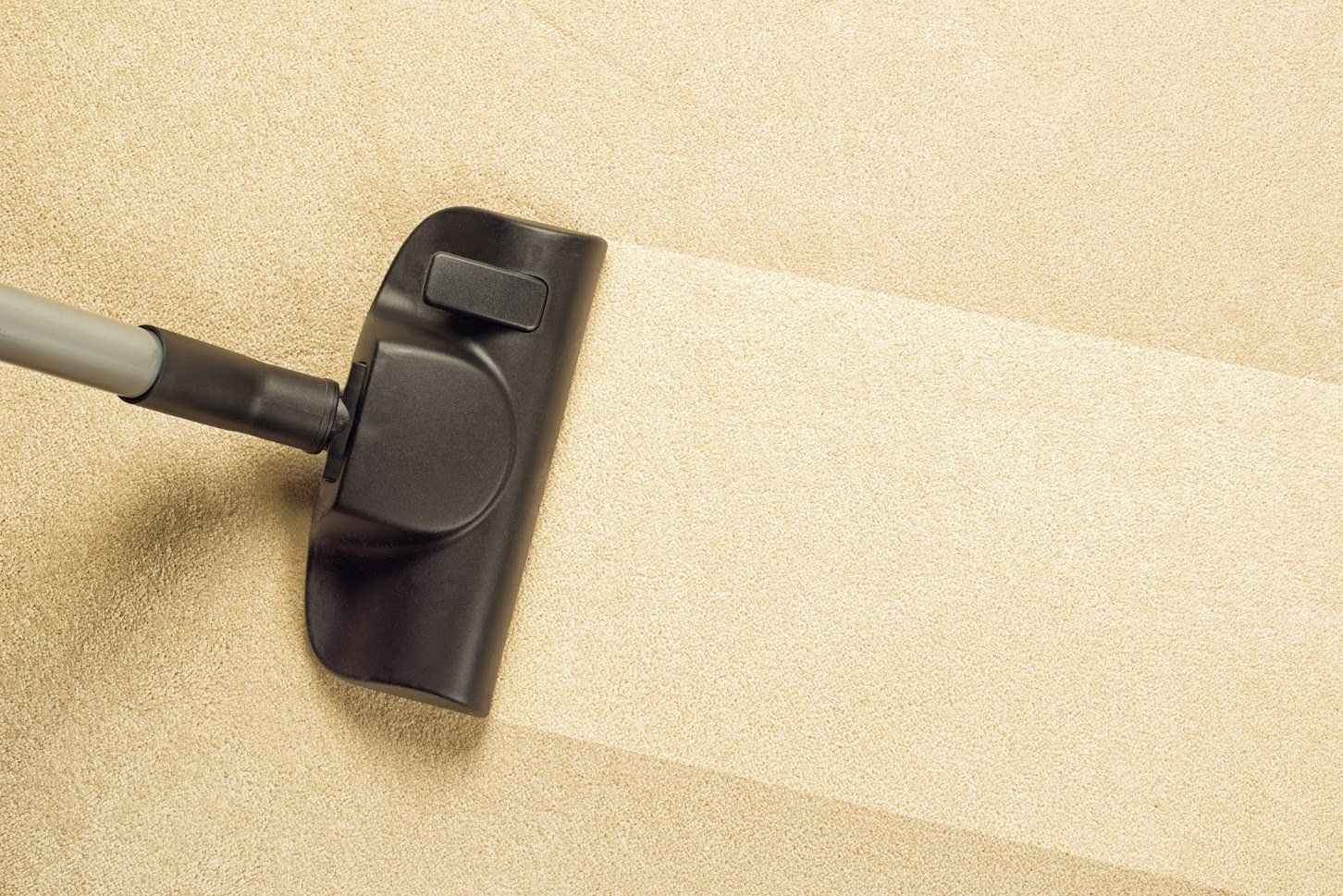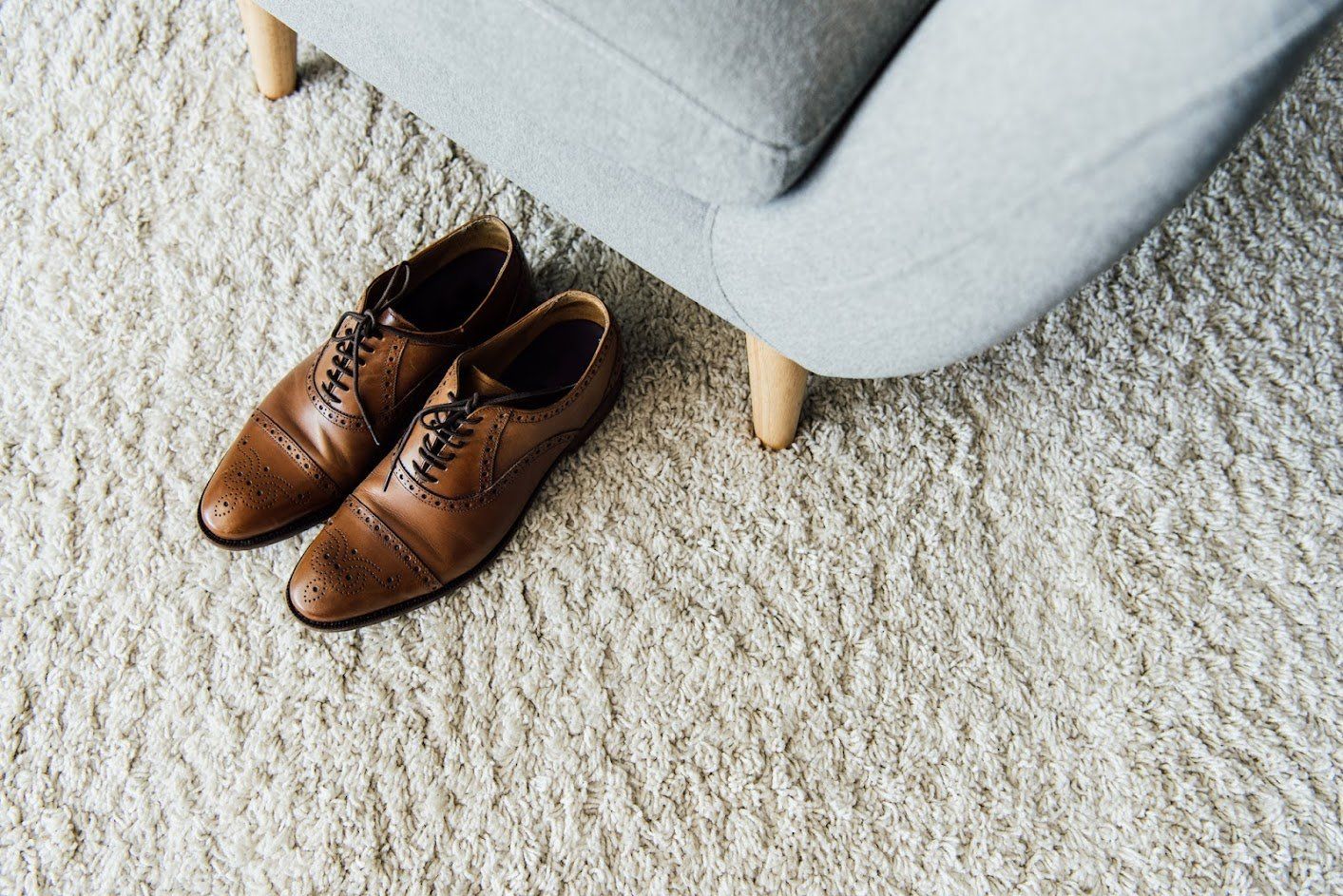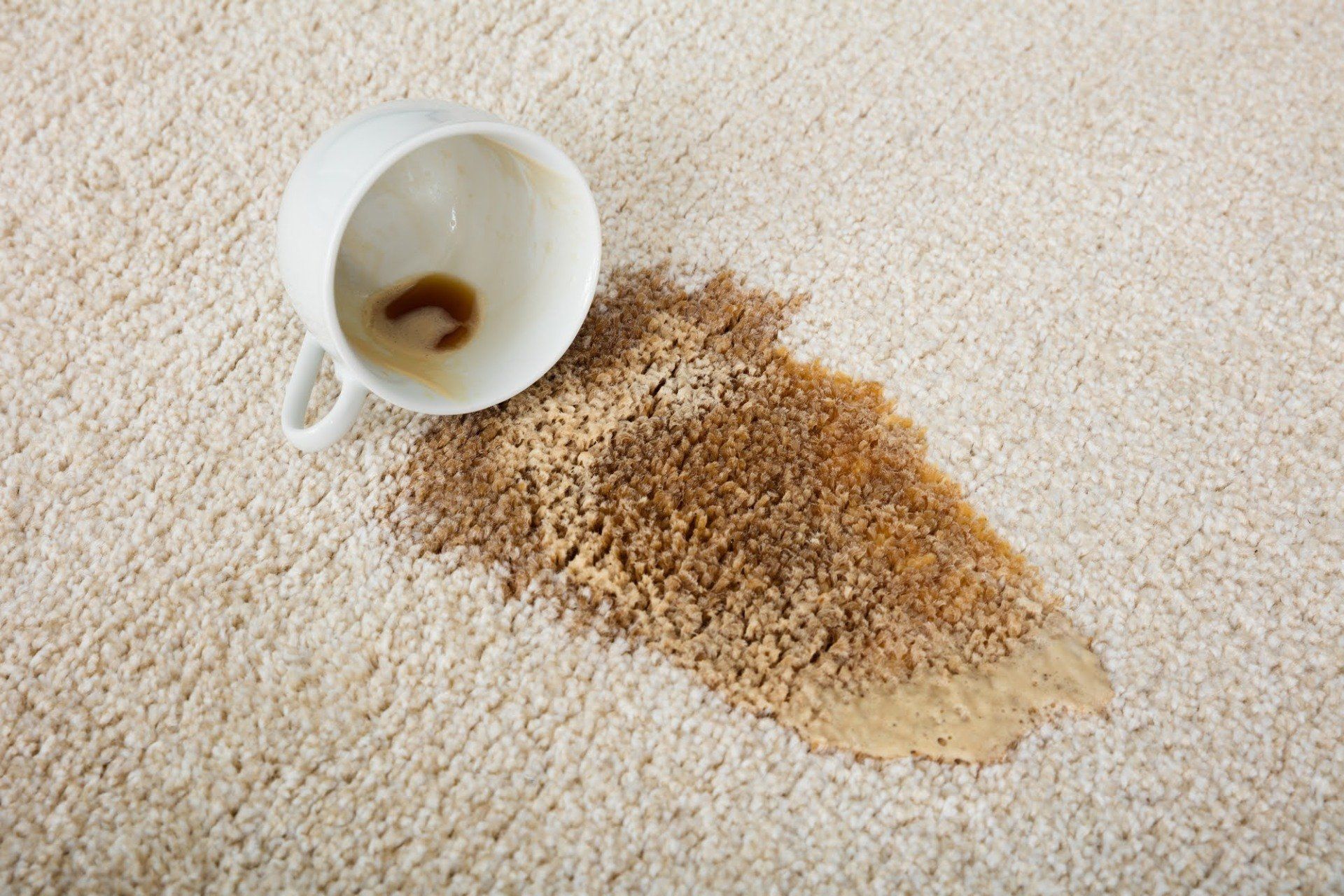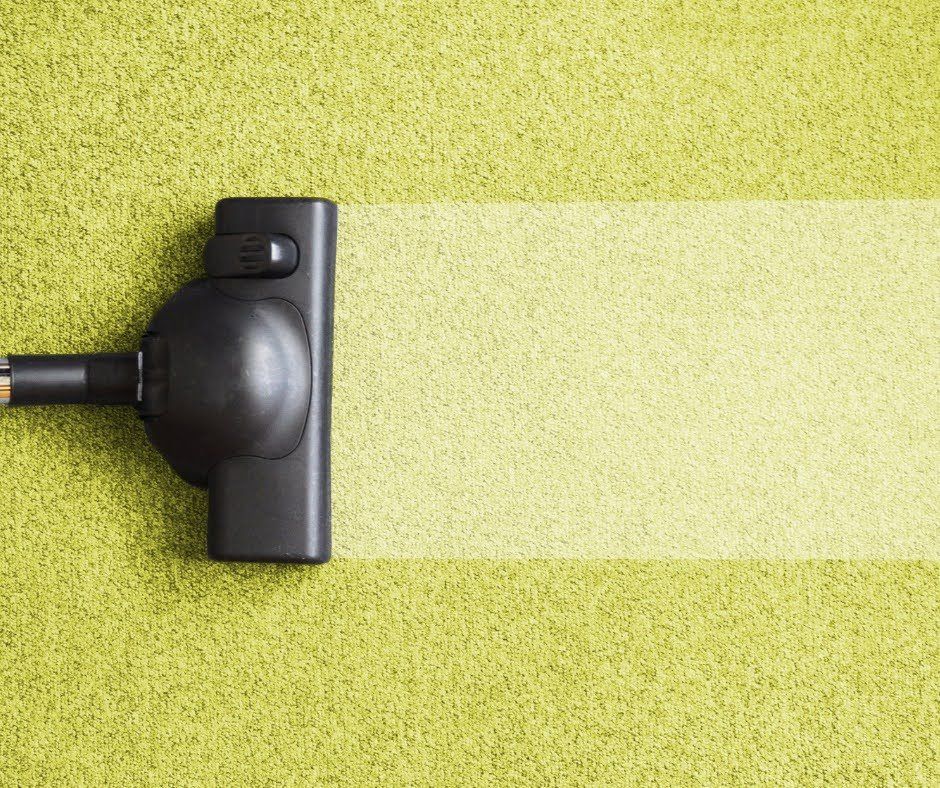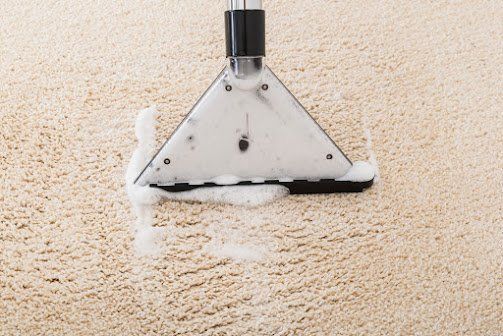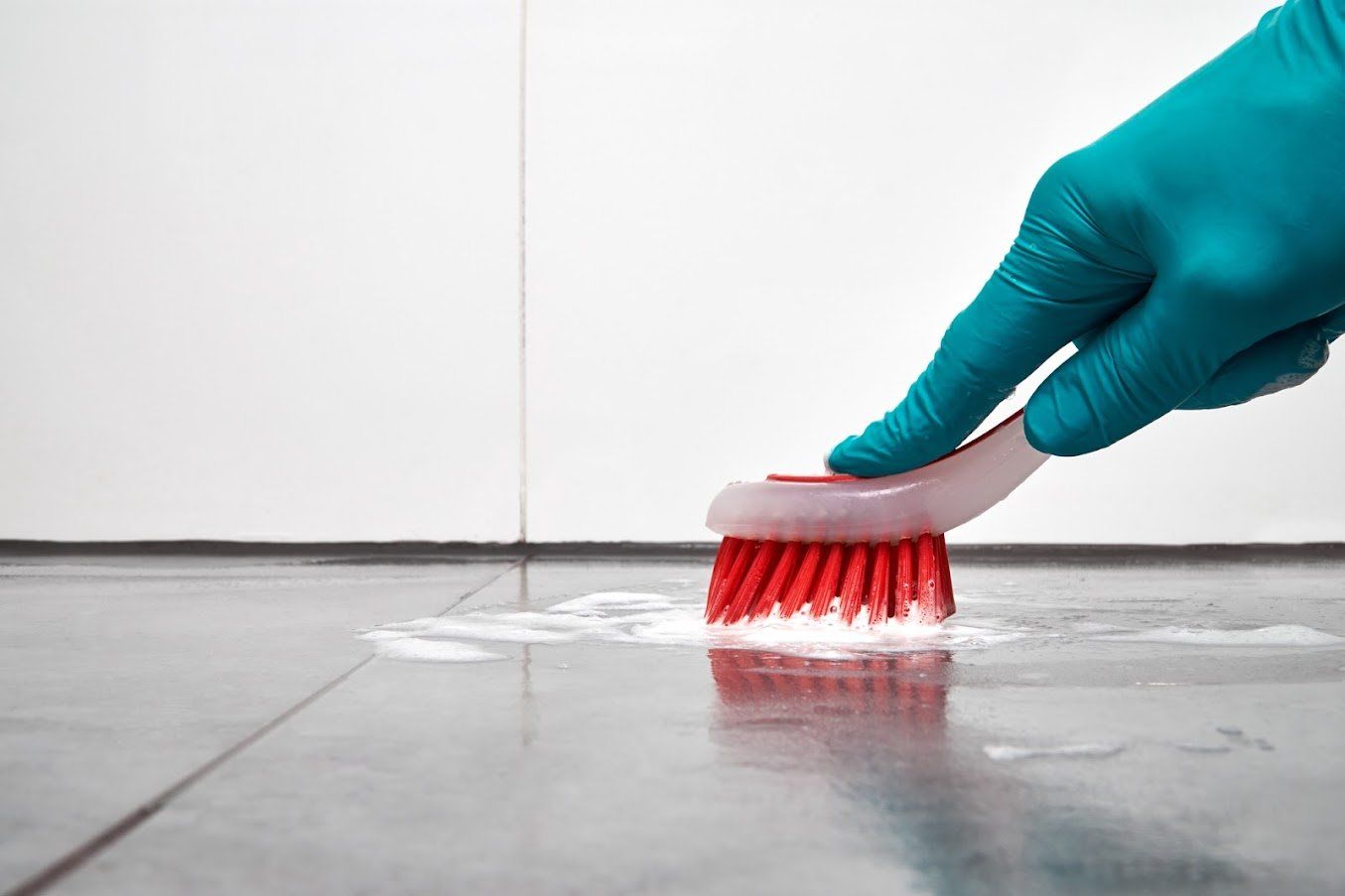All About Grout and Grout Stains
Admin • August 12, 2019
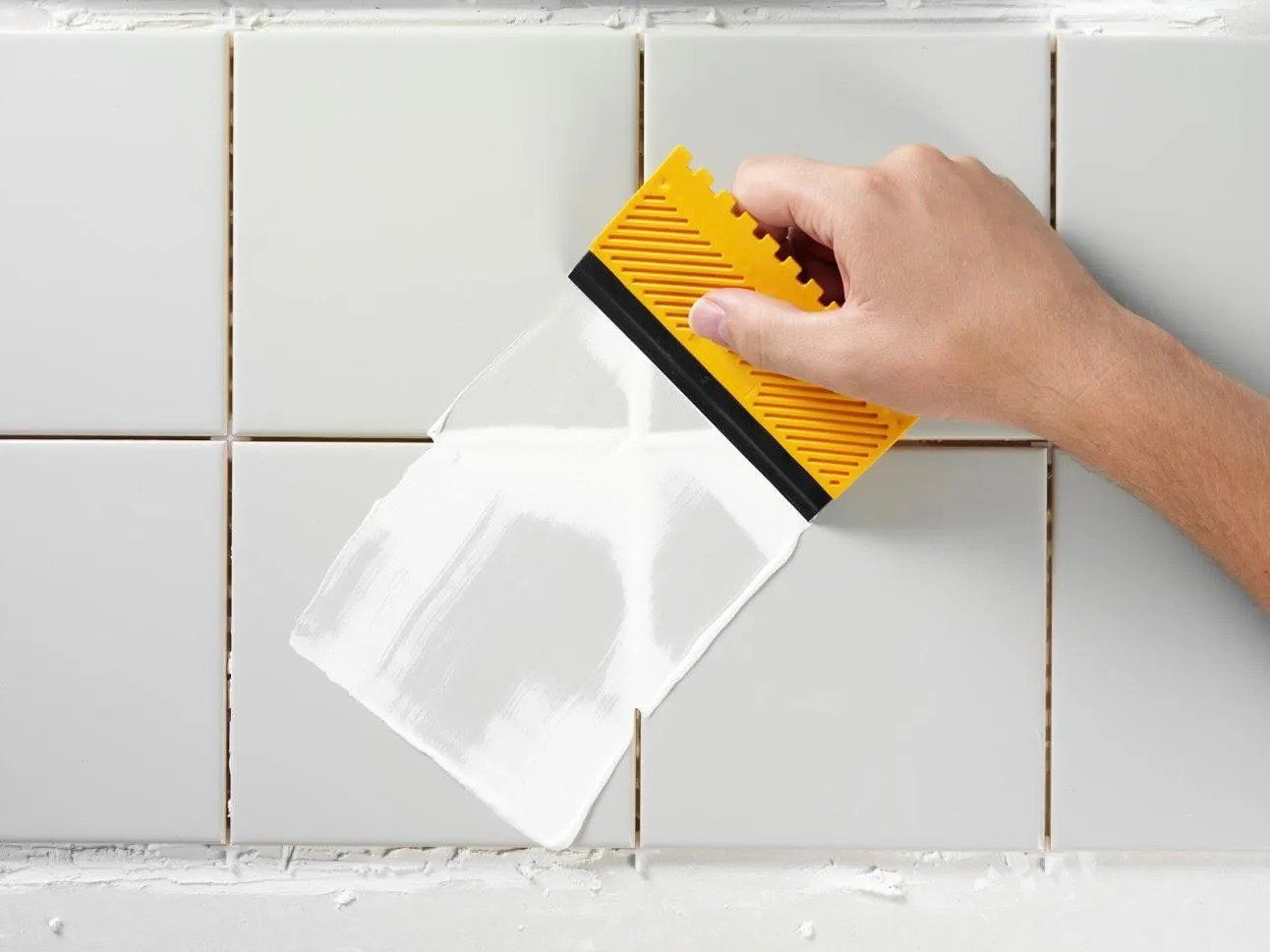
Grout stains are a menace. They can make your otherwise clean surface look dirty. What's more, they're difficult to remove. You have many do-it-yourself techniques available, but the reality is that they're time-intensive and they often don't work. So, if you have grout stains, you'll probably need to have those surfaces professionally cleaned.
The best way to avoid this situation is to avoid the stained grout in the first place. Find out what grout is made of and how you can avoid its discoloration.
Basics of Grout
So, what even is grout, and why is it there? Grout is that substance you see between ceramic or glass tiles or natural stone veneers. Contractors use mortar to secure the tile or veneers to the wall, and then they fill in the spaces between tiles with grout. Usually they apply a dollop of the grouting material to the surface and force it into the crevices with a float. They wipe away the excess with wet sponges.
Grout comes in two types. They type used depends on how wide the space between the tiles or stones is. If the joints, or spaces between tiles, is under 1/8 of an inch, contractors use an unsanded grout. This material consists of Portland cement and water, plus pigments for colored grout. For wider joints, contractors use the same base and add sand, which prevents shrinkage.
Grout's purpose is partially cosmetic, partly practical. Initially, grout was used to hide irregularities in handmade tiles. While machine-made tiles are regular now, grout still fills in unsightly gaps between them. For practical purposes, grout also makes the surface stronger and more water-tight. What's more, it preserves the tiles by preventing chipped edges.
Contractors can add pigments to make grout different colors, including dark and bold hues. However, most grout is white or some other light color. Cement, which is an ingredient in grout, is a porous surface, so it's susceptible to staining.
Grout Stains
Essentially, any dark-colored food can stain grout. The list includes culprits such as wine, grape juice, orange juice, and beets. That said, any liquid can stain grout if left to seep into the surface. So, a good habit is to use coasters for drinks and cutting boards for food preparation. In the event of a spill, wipe up the liquid right away.
Foods aren't the only substances that can stain grout. In bathrooms, one of the main causes of grout stains is mold. The shower stall and other wet surfaces are the perfect petri dishes for growing mold because they’re warm and wet. Stains from mold can be black or orange. Mildew has the same effect. You should ventilate the shower after every use to prevent the cultivation of mold and mildew.
Another cause of stains, especially orange stains, is excess iron in your water. Your best bet here is to install a filter or other method of softening the water.
Naturally, hair or other dyes can also stain grout. They still need to penetrate the surface to cause permanent staining, though. So, rinsing off the grout right away should be sufficient protection.
Protection Against Grout Stains
Luckily, contractors usually don't leave cement grout vulnerable to all those stains. Typically, they apply a sealant to the surface to minimize its porous nature. Contractors have two options for sealants. One is a membrane-forming sealant, which creates a veneer over the porous surface of the grout. The other option is a penetrating sealant, which soaks into the body of the grout to make it water-resistant.
If you have a membrane-forming sealant, it often gets rubbed away during the cleaning process. You may have to re-apply the sealant periodically, usually every year. If your grout has already become stained, you should have it cleaned before you reapply sealant. Damaged grout may need to be replaced.
Protect your grout from becoming stained and unsightly. If you already have this problem, contact All State Carpet & Tile Care
for help.




